How to maintain your Deviser products

Taking care of your guitar
- Q. Where should I store my guitar?
Since the necks of guitars and basses are made out of wood, they are easily affected by changes in humidity and temperature, and in many cases, depending on the storage environment, this can cause the necks to warp or twist. In order to ensure your guitar lasts long, it is essential to store it in a well-ventilated place where humidity is not likely to accumulate. We recommend using humidity regulators or humidifiers to keep the humidity at around 50-60% throughout the year.
Avoid storing guitars where they are exposed to direct air conditioning or direct sunlight.
In the case of acoustic guitars, not only the neck but also the body may be affected by the storage environment. For example, “bulging or denting of the top board” due to humidity changes is one of the most common symptoms, leading to problems that directly affect playability, such as string height becoming too high or causing so-called “chatter. Basically, the same precautions should be taken as with electric guitars, but during the rainy season and dry winter season, the effects on the neck and body can be minimized by storing the guitar in a hard case when it is not in use.
- Q. Is there anything I should do on a daily basis to take good care of my guitar?
In the case of acoustic guitars, not only the neck but also the body may be affected by the storage environment. For example, “bulging or denting of the top board” due to humidity changes is one of the most common symptoms, leading to problems that directly affect playability, such as string height becoming too high or causing so-called “chatter. Basically, the same precautions should be taken as with electric guitars, but during the rainy season and dry winter season, the effects on the neck and body can be minimized by storing the guitar in a hard case when it is not in use.
1.) Strap pin
Tighten both the strap pin and the end pin at the bottom of the body.
Be sure to use a screwdriver of the appropriate size when tightening the screws. Please be careful not to damage the screw or the body while doing this.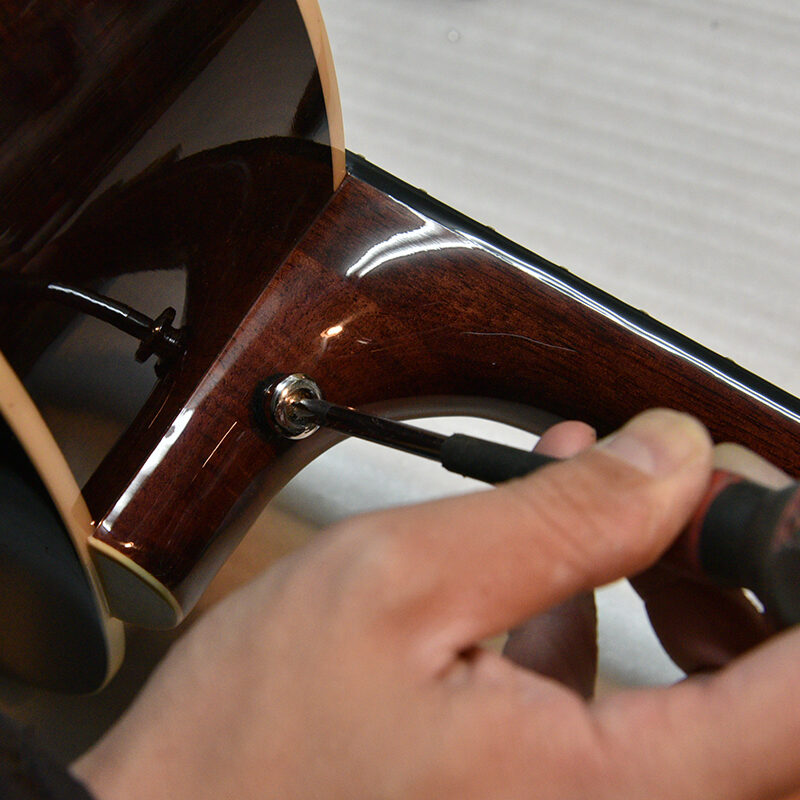
2.) Shielding Jack
Continued use of the shielding jack while it’s loose will result in the disconnection of the internal circuit. Secure the nut firmly.
*When working on the jack, remove the plate from the body once as shown in the image, and tighten the nut while securing the jack portion.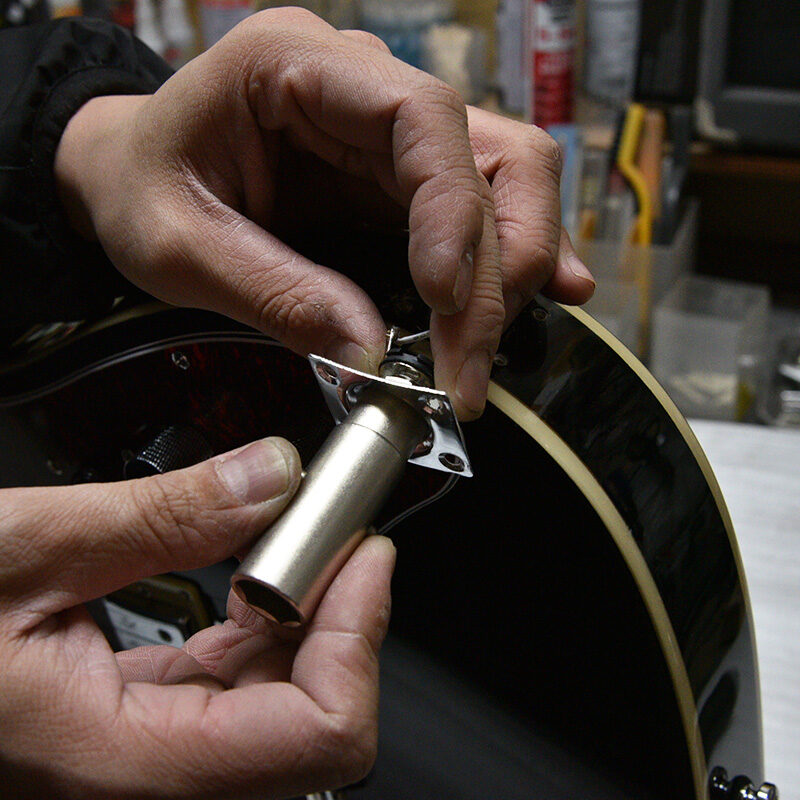
▲Adjusting with a box wrench 3.) Machine heads and neck plates
This is an area that is particularly prone to loosening with use. We recommend periodic checks to ensure that string vibrations are transmitted correctly and that the sound is affected positively.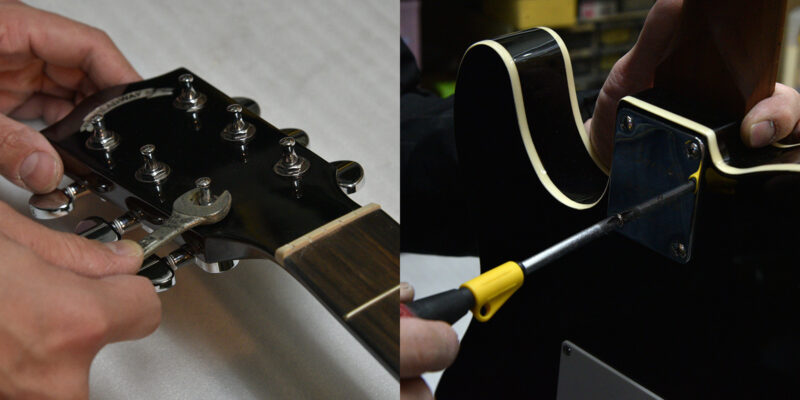
*Please be careful not to tighten the nut of the machine heads (left image) too tightly, as this will lead to cracking of the painted surface of the headstock. A 10mm wrench for guitars and a 17mm wrench for basses are recommended.
- Q. Should I loosen the strings after playing?
If the guitar is not to be played for an extended period of time, we recommend that the machine heads on all strings be loosened one to one and a half notes to keep the strings moderately tensioned. Please note that if the strings are loosened too much and there is no string tension at all, the neck may move in a “reverse warp” direction.
However, if the strings are played daily, there is no need to loosen the strings in terms of metal fatigue. Frequent stringing and unstrapping can damage the strings and lead to problems such as strings breaking and uneven string vibration.
Various maintenance methods
- Q. What maintenance products can be used on the fretboard?
For rosewood and ebony fingerboards used on regular models, apply an appropriate amount of orange oil, lemon oil, or beeswax for guitars according to the drying season. All of these products are maintenance products mainly used to prevent fingerboard cracks during the drying season. Please observe the condition of the wood and read the instructions for each product carefully before use. Unlike rosewood and ebony, maple fingerboard products have a thin coating on the fingerboard surface. Please apply a light coat of lemon oil, which has a relatively low viscosity among oils, to the fingerboard to remove stains.
- Q. How should I care for a “roasted maple” neck and fretboard?
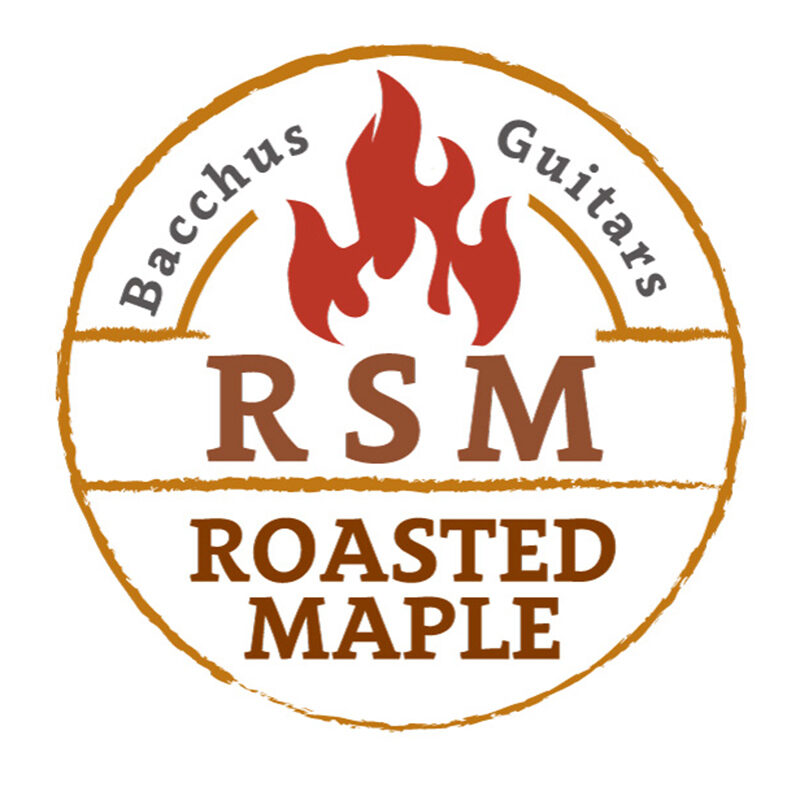
The “Roasted Maple” (RSM) models in the Bacchus Universe and Global series have a very thin urethane coating on the fretboard and neck to achieve a matte finish with excellent playability. As with most gloss-finished maple fretboards, the painted surface does not allow the use of guitar oil or other moisturizing agents. Therefore, please apply a light coat of lemon oil, which has a relatively low viscosity among oils, to the fingerboard to remove dirt. Beeswax wax can be applied to the entire surface as a finishing touch to protect the frets and to make the painted surface shiny.
- Q. I would like to know about the care of “Top Lacquer” products.
The “Top Lacquer” finish on the body used by the Momose brand prevents deterioration of the paint by spraying a polyurethane base coat and then lacquering the top coat. For products with this notation, please be sure to use a polish that is “compatible with lacquer paints”. Depending on the condition of the body of the product, such as old products, the paint may change. Please test the product in an inconspicuous place before use.
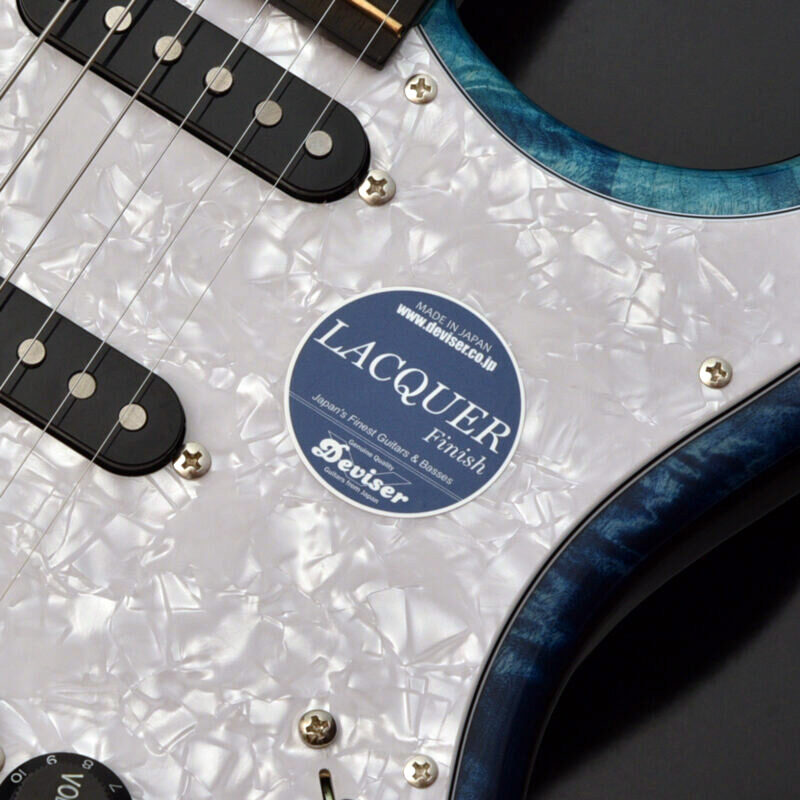
▲ Example of a product that uses a lacquer coating When using a guitar stand that contains rubber material, the parts of the head and body that come into contact with the rubber may react with the lacquer and alter the paint. Please take appropriate measures such as placing a guitar cloth between the rubber and the contact area.
- Q. How do I care of “oil finish” models?
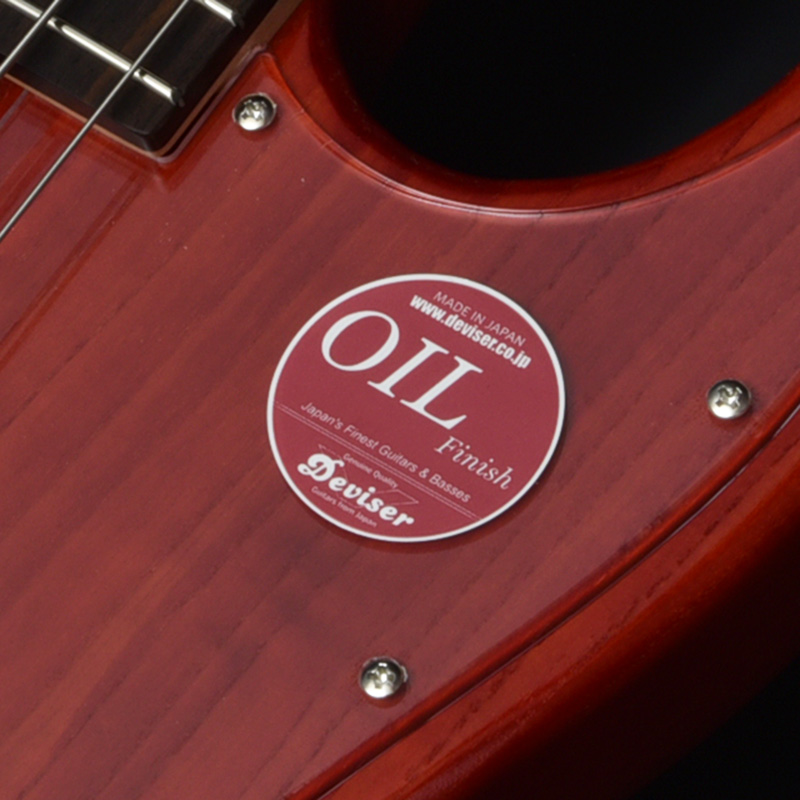
We recommend dry cleaning for the “oil finish” that is used on many of the Bacchus WOODLINE series and other Bacchus products. Please avoid using polish, and similar products as it may cause a strong gloss to appear only on the area where it was applied. For stubborn stains, wipe with a cloth wrung out with water.
- Q. Are there any precautions for handling products that employ special coatings such as Urushi lacquer, picture frame lacquer, etc?
Below are the characteristics and handling precautions for the special coatings used on Deviser products.
Urushi lacquer (Headway limited models) This is an ultra-thin coating made by the traditional “Urushi lacquer” method. It is not compatible with guitar polishes, and similar products. Please wipe with a dry cloth to clean. Picture frame lacquer (STR TE Series & others) It is painted with a special coating using a technique normally used for framing antique paintings and is finished by applying metal foil after coloring. The metallic foil may turn green over time, and depending on the environment in which it is used, the color of clothing that is in contact with it may rub off into it. We appreciate your understanding. 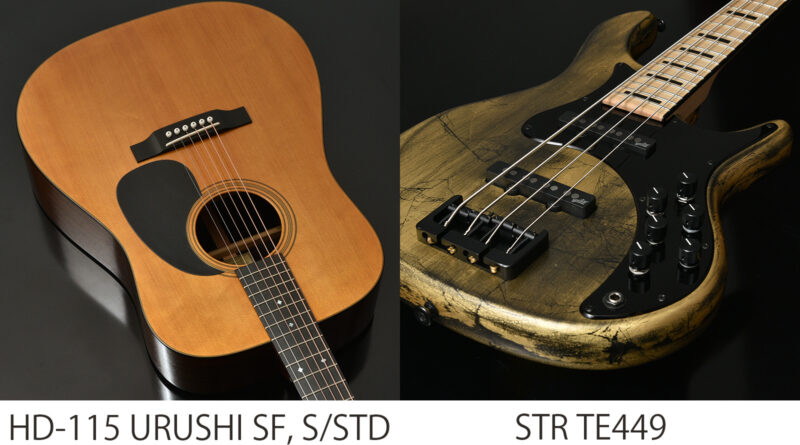
- Q. When should I replace the batteries in models with an active circuit?
For 9V batteries used in models with active circuitry, we recommend replacing them about every year if the instrument is played daily. If the battery is leaking or deteriorated, it may adversely affect the internal circuitry, so please be sure to use a new battery.
※For models with 18V batteries, two 9V batteries are mounted inside the back panel. When replacing the batteries, be sure to use the same brand and replace both batteries at the same time to prevent changes in the voltage applied to the internal circuitry.
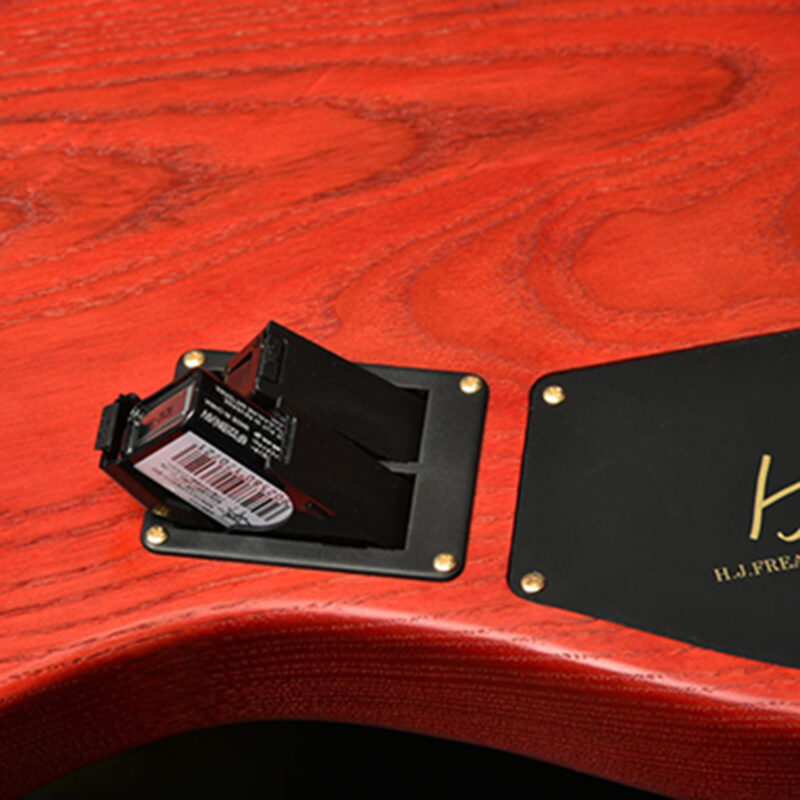
▲Bacchus WL5HL-H.J. FREAKS Model
Other Frequently Asked Questions about DeviserProducts
- Q. What kind of materials are used for the fretboard material “Richlite” and “Micarta”?
Some models in the Headway Standard and Japan Tune-up series use fingerboards made from a resin material called “Richlite” and “Micarta”. This material is characterized by its dark appearance, similar to ebony, and its excellent durability. As with most rosewood fingerboards, please use lemon oil or similar oil to clean the fretboard. Applying a small amount of lemon oil approximately at the time of string changes will remove dirt from the fingerboard and provide a certain amount of shine.
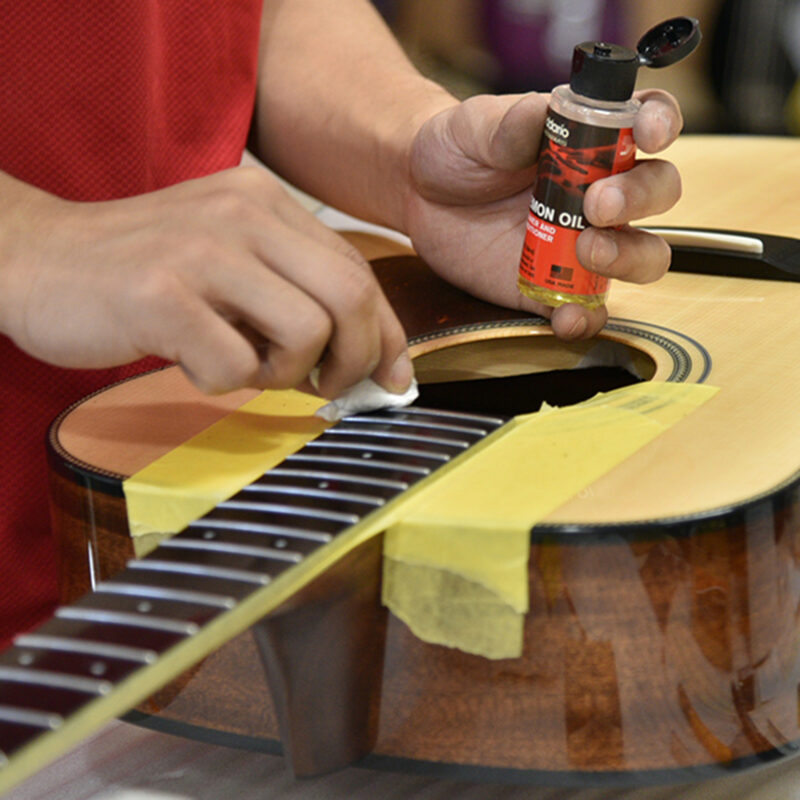
- Q. I would like to obtain the special wrench that came with past Headway guitars.
Early Headway guitars made around the 80’s and older Custom Shop models used an L-shaped wrench, which is different from the current models. Due to inquiries from many users, we have started producing these wrenches again and have them available as accessories sold separately.
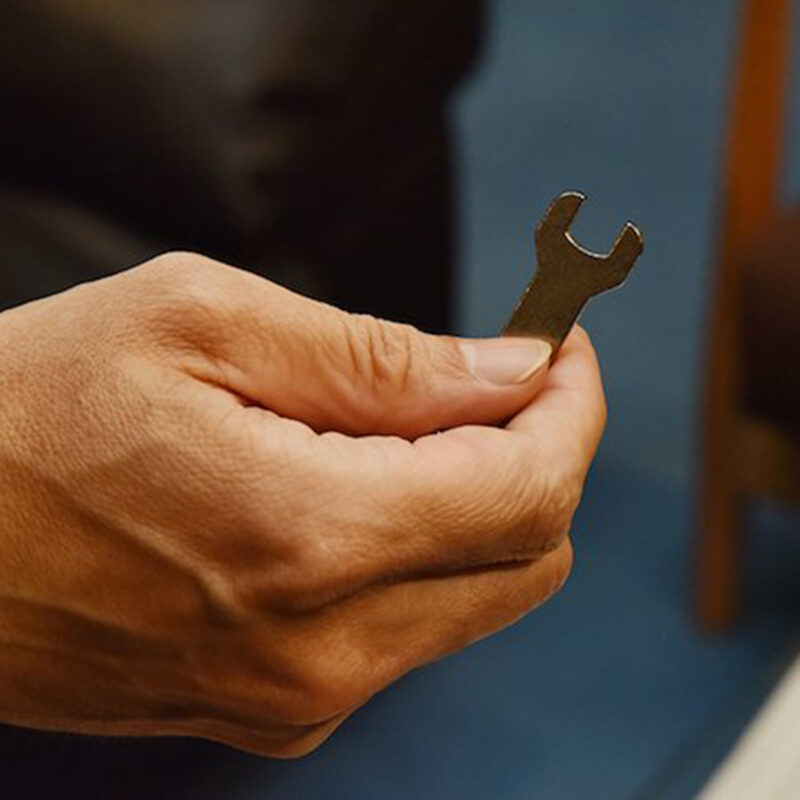
▲Vintage-style Headway wrench



